Classical Music Connections
Years ago while watching the TV series Breaking Bad, I was introduced to the actor John de Lancie. He played the tired and on the edge of a nervous breakdown father of Jesse Pinkman’s troubled girlfriend, Jane. First I realized that John de Lancie played the role of Q in several Star 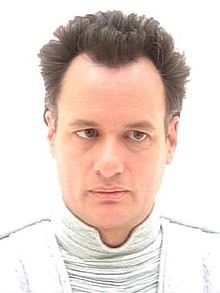 Trek series, but the real Ah Ha was his last name. It turns out the actor John de Lancie is the son of oboist John de Lancie who served as principle oboe for the Pittsburgh Symphony Orchestra and Philadelphia Orchestra. It was during John de Lancie Sr.’s tour of duty in Europe during WWII that he met the composer Richard Strauss by chance. At some point during their meeting de Lancie suggested to Strauss that he should write an oboe concerto. Richard Strauss shook his head in protest of such a thing. Six months later, much to his surprise, John de Lancie discovered that Strauss had just written an oboe concerto.
Trek series, but the real Ah Ha was his last name. It turns out the actor John de Lancie is the son of oboist John de Lancie who served as principle oboe for the Pittsburgh Symphony Orchestra and Philadelphia Orchestra. It was during John de Lancie Sr.’s tour of duty in Europe during WWII that he met the composer Richard Strauss by chance. At some point during their meeting de Lancie suggested to Strauss that he should write an oboe concerto. Richard Strauss shook his head in protest of such a thing. Six months later, much to his surprise, John de Lancie discovered that Strauss had just written an oboe concerto.
It is classical music connections just like that which amuse and interest me to no end. In fact, my husband texted me a program from long enough ago that Igor Stravinsky was guest conducting the Baltimore Symphony Orchestra.
It was the pianist performing on the program, Pasquale Tallarico who drew my attention. Pasquale Tallarico moved from Italy to the USA with his parents when he was a child. Apparently he was a wunderkind who had perfect pitch and was playing Mozart sonatas from memory at the age of 9 years old. He became a concert pianist, and in 1920 Pasquale Tallarico began teaching at the Peabody Conservatory. His brother, Victor Tallarico was a pianist as well and a bandleader. It turns out that Pasquale is the uncle of and Victor the father of rock star Steven Victor Tallarico or as he is known, Steven Tyler of Aerosmith fame. Music seems to run in their family.
One of my favorite classical music connections is the indirect one between the iconic fragrance Chanel No. 5 and composer Alexander Borodin who wrote the opera Prince Igor, In the Steppes of Central Asia and a number of other notable compositions. Actually music for Borodin was more of a hobby. His real job was chemistry. Borodin was the first person to seriously study the organic compound called aldehyde in the late 1850’s to early 1860’s. His work in aldehydes was perhaps even more significant than his prowess as a composer. Fast forward to the 1920’s when the nose Ernest Beaux composed Chanel No. 5 using aldehydes for Coco Chanel. Beaux had produced other aldehydic fragrances like Quelques Fleurs in 1912, but Chanel No. 5 really took the world my storm. Borodin was NOT thinking “Perfume” in his studies of aldehydes, but his research would lead to the use of aldehydes in fragrance among other things. Chanel No. 5 would be the first in a long series of aldehy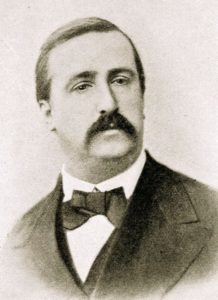 dic fragrances up to the present day, and indirectly we have the man who wrote the Polovtsian Dances to thank for that.
dic fragrances up to the present day, and indirectly we have the man who wrote the Polovtsian Dances to thank for that.
Darius Milhaud was a French composer, conductor, member of Les Six, (the group of 6 French avant-garde composers and artists) and influential teacher. Two of his many students went on to become mega successful composers and stars in genres other than classical music. Dave Brubeck, one of the world’s most famous and influential jazz musicians said, “Three Jewish teachers have been a great influence in my life: Irving Goleman, Darius Milhaud and Jesus.”‘ Brubeck even named his first born son “Darius” who also studied with Milhaud.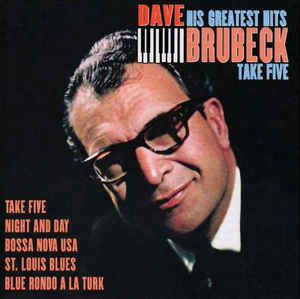
“Never be ashamed of something that’s melodic, one could whistle,” was the advice Darius Milhaud gave to Burt Bacharach. After a semester of writing chamber music, Bacharach reluctantly showed his teacher, Milhaud, a piece written for solo piano. Bacharach said that at the time there was a push to write 12-tone music à la Alban Berg, so he felt unsure about having written a melodic composition. Milhaud’s advice was to go for it! Darius Milhaud would live to witness the success of his students like Dave Brubeck’s iconic jazz recording Time Out and Burt Bacharach’s many top 40 songs.
I couldn’t resist including my cat whose name is Milhaud.
At one time or other I read in one of my brother’s guitar magazines that Klaus Meine, lead singer for the Metal band the Scorpions was having serious vocal issues. The article went on to say that Meine was studying with a famous opera singer to help recover and heal his voice. He said he was grateful to her for helping restore and strengthen his instrument. Skipping forward a couple of years to the mid 90’s, one of my first radio interviews was with soprano Helen Donath and her husband conductor Klaus Donath. It was a thrill to interview a well known opera singer who had a prolific recording career and who had also worked with other famous musicians including her husband who was quite well known in Europe. During my interview with Ms. Donath, she and her husband said they were next door neighbors of a rock singer from a band called the Scorpions. She added that they were both fans of the group and had been to a couple of their concerts in Germany. She also mentioned that Klaus Meine was studying voice with her. 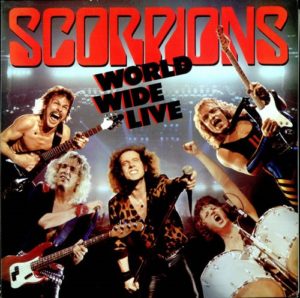
One of my favorite classical music non-connection connections is conductor, composer Leonard Bernstein and conductor, film score composer Elmer Bernstein. They were not related, and their names are even pronounced differently. Leonard Bernstein sounds like Einstein, and Elmer Bernstein sounds like Springsteen. The two men were amused by people either confusing them or thinking they were brothers or related in some way. Jokingly Leonard Bernstein called himself “Bernstein East,” and Elmer Bernstein was known as “Bernstein West.”

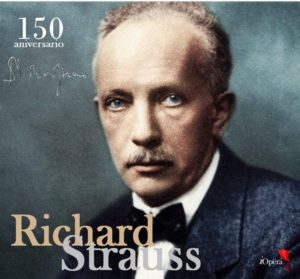
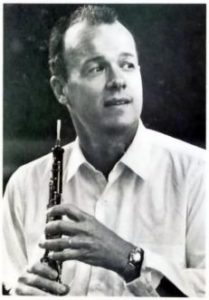
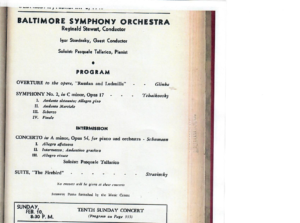
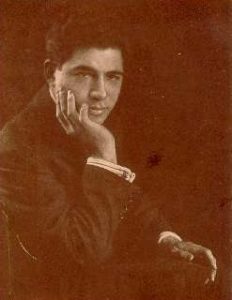
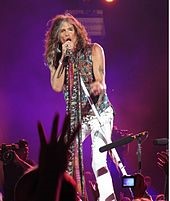
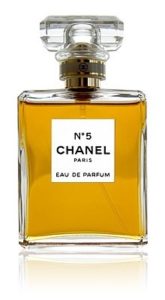
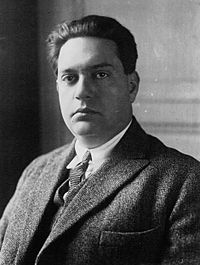
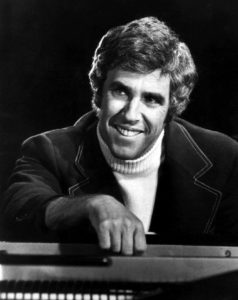

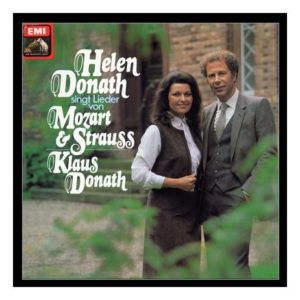
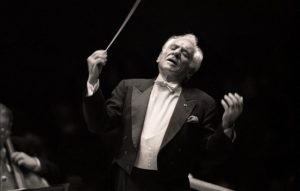
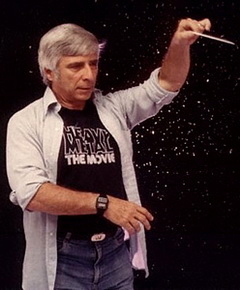





11 Responses to Classical Music Connections